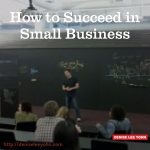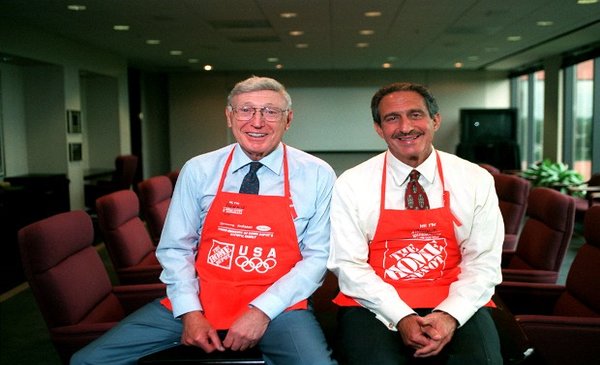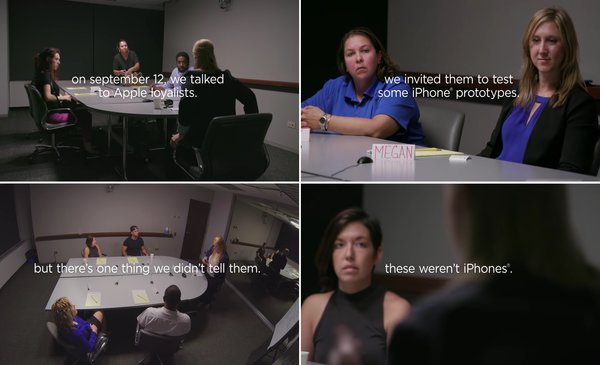This month’s content roundup is geared toward small business owners. I don’t write a lot about small business since, to date, I’ve worked mostly with larger companies, but I just had to write this post because I recently read that 52% of small-business owners don’t have a website (source: Yodle). I could barely believe that statistic, but having done some research, it seems like business owners need to get back to small business basics.
That shocking statistic came from a piece by a friend/colleague Erika Andersen. Actually she was reporting on a post by Rieva Lesonsky, Snap Out Of It! The Surprising Basics Business Owners Are Ignoring. In addition to the above statistic about half of small businesses not having a website, Rieva also shared that 70% of small-business websites had no call to action on their sites, 68% don’t have an email address on their home pages, and 27% don’t have a phone number there (source: Small Business B2B Call to Action Study). SMB DigitalScape concluded that 98% of the nation’s small businesses were “woefully unprepared” for the coming wave of mobile commerce.
I’m baffled why small businesspeople would be so behind in valuing digital as critical element of their business, but I’m guessing it’s either ignorance or resistance to change.
Ignorance — If you don’t know how to use digital, thankfully there are plenty of helpful resources.
Emma Lou Sheppard has written a terrific overview post, How to Build a Digital Strategy for Your Small Business. The piece takes you through 10 steps to build and define your audience, develop and deploy a content strategy, and monitor the outcome. It’s a great starting point.
John Jantsch’s Duct Tape Marketing site has a wealth of information, insights, and instructions — like this post by Ellie Martin, 6-Step Checklist For Revamping Your Small Business’ Online Presence. Ellie wisely starts at the very beginning with “1. REASSESS AND SEGMENT YOUR TARGET MARKET. Before you jump into any actual changes, it’s important to sit back and reconsider your target market.”
Resistance to change — If you’re used to doing things a certain way, you need to understand that digital darwinism applies — evolve or die.
David Newman provides an example in his post/rant Why You DON’T Want to Be in the Book. David argues against old-school marketing tactics like advertising in trade magazines and exhibiting at trade shows. He explains, “We’re living in an ATTENTION economy. Meaning, first you must earn your prospect’s attention. And only then do you get the chance to earn their money. And these days, it’s damn difficult to earn anyone’s attention with a BIGGER ad, a BOLDER directory listing, or a SPLASHIER banner…Today, you can save all that money and put it toward creating resources, tools and content that your target market will VALUE, will KEEP and will SHARE.”
Jeannie Walters offers an additional perspective in 3 Ways Your Small Business Can Clobber the Big Guys. “Customer expectations are formed by the world around them, not just your service,” she writes. “If the expectation is to be able to purchase a product via mobile, then it’s imperative to make that happen…Understanding your customers and discovering new avenues to serve them (or just ways to serve them better) can help any business, but small businesses often skip this step.”
I know I’ve only scratched the surface on this topic, so I’d love to get your suggestions for how small business owners can overcome their ignorance or resistance to change. Please share resources people can use to get back to small business basics. Use the COMMENTS section below or post to me on Twitter at @deniseleeyohn.
related:
The post get back to small business basics appeared first on Denise Lee Yohn.






















